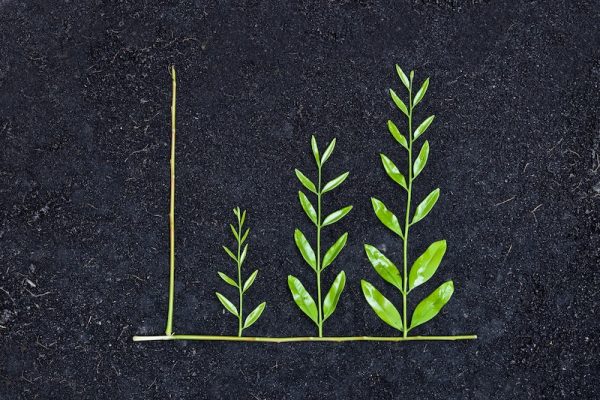Rectifying the Ecological Imbalance in Oman
Opinion Piece

January 12, 2021, 12:44 pm
Let’s protect Oman’s environment and reduce our ecological footprint
There’s so much we can do to not just protect Oman’s environment, but actually help the country’s fauna and wildlife to flourish. Technology can help us do this.
I’d had the opportunity to live in many places and yet no where is as beautiful and as diverse as the Sultanate of Oman. The country is truly blessed with natural treasures, from Salalah’s lush, green landscape on the Arabian Sea, to the Al Hajar mountain range which stretches all the way north to Musandam.
But as I sit down to write this, on Oman Environment Day, there’s one thought that keeps coming back to me. Are we doing enough to protect Oman’s environmental treasures? A case in point is our ecological footprint. According to data from the Global Footprint Network, York University and the Footprint Data Foundation, Oman’s ecological deficit was 7.29 in 2017. An ecological deficit occurs when the ecological impact of a population exceeds the country’s biocapacity. In essence, we are using more resources than we are creating. We’re emitting too much carbon dioxide, and we’re not efficiency using electricity or water.
If our usage patterns were replicated globally, we’d need four and a half planet Earths to sustain ourselves. This year, Oman’s Earth Overshoot Day, the point in the calendar when humanity’s demand for ecological resources and services in a given year exceeds what Earth can regenerate in that year, will be on March 22nd – in contrast, the Overshoot Day for the whole plant will be months later, in summer. We are living beyond our means, and our behaviors and choices must change is we are to protect and preserve this country’s beauty.
We can change our ways and live within our ecological means. Just over 25 years ago the country had an ecological reserve, and the country’s biocapacity was able to meet the population’s needs. Oman Vision 2040 spells out this goal, and states that the environment should be managed properly to support societal growth.
My ask is simple – if we are going to right the ecological imbalance, we must all live more sustainably. That means changing our consumption patterns and using technology to improve energy and water efficiency in our homes, offices, factories and infrastructure. You don’t need to look far for inspiration.
We’re already seeing greener shifts. At the beginning of this year the country banned the use of single-use plastics. On the energy front, Oman’s leadership has put forward a target of at least 30% for renewables by 2030. Just as importantly, the government’s Sahim and Sahim 2 initiatives are fueling interest in solar panel installations across the country – after all, our most bountiful resource is the Sun. Both initiatives aim to promote wide-scale deployment of small-scale grid connected photovoltaic systems for homes in Oman. In theory, the country could generate up to 1GW of electricity from solar on people’s rooftops.
Then there’s what we could do inside our homes. By installing smart home solutions, we could reduce energy usage by up to thirty percent annually. Given that utility subsidies will be reduced from this year onwards, being environmentally friendly also makes financial sense.
And then there’s the issue of water. Oman is water scarce, and the more we use groundwater without replacing what we take, the faster the quality of that groundwater deteriorates and the greater the impact on the local fauna and wildlife. Technology can provide answers here too – we’re increasingly seeing concepts such as hydroponics and smart metering being used in the region’s farming. By using sensors and algorithms to measure how much water is needed to the drop, farmers in the country could reduce their water needs by twenty percent or more, without reducing their crop yield.
There’s so much we can do to not just protect Oman’s environment, but actually help the country’s fauna and wildlife to flourish. Technology can help us do this. What we need the most is a collective will to live life more sustainably. Join me, and let’s commit together to reduce our ecological footprint.










